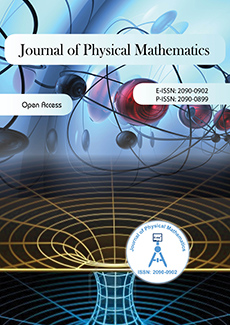Abstract
Merits, attributes and challenges associated with the application of analytical (mathematical) predictive modeling in electronics materials science and engineering are addressed, based mostly on the author’s research during his tenure with Basic Research, Bell Laboratories and then – with UC-Santa Cruz and Portland State University, Portland, OR, USA. The emphasis is on some practically important, yet paradoxical (i.e., intuitively non-obvious), materials reliability-related situations/phenomena in electronics and optics. It is concluded that all the three basic approaches in Microelectronics and Photonics Materials Science and Engineering - analytical (mathematical) modeling, numerical modeling (simulation) and experimental investigations - are equally important in understanding the physics of the materials behavior and in designing, on this basis, viable and reliable electronic devices and products. As they say, if your only tool is a hammer, all the problems look like nails to you, do they not?
Citation
E. Suhir. "Analytical Modeling Enables One to Explain Paradoxical Situations in Behavior and Performance of Electronic Product Materials." J. Phys. Math. 7 (1) 1 - 2, 2016. https://doi.org/10.4172/2090-0902.1000161
Information




